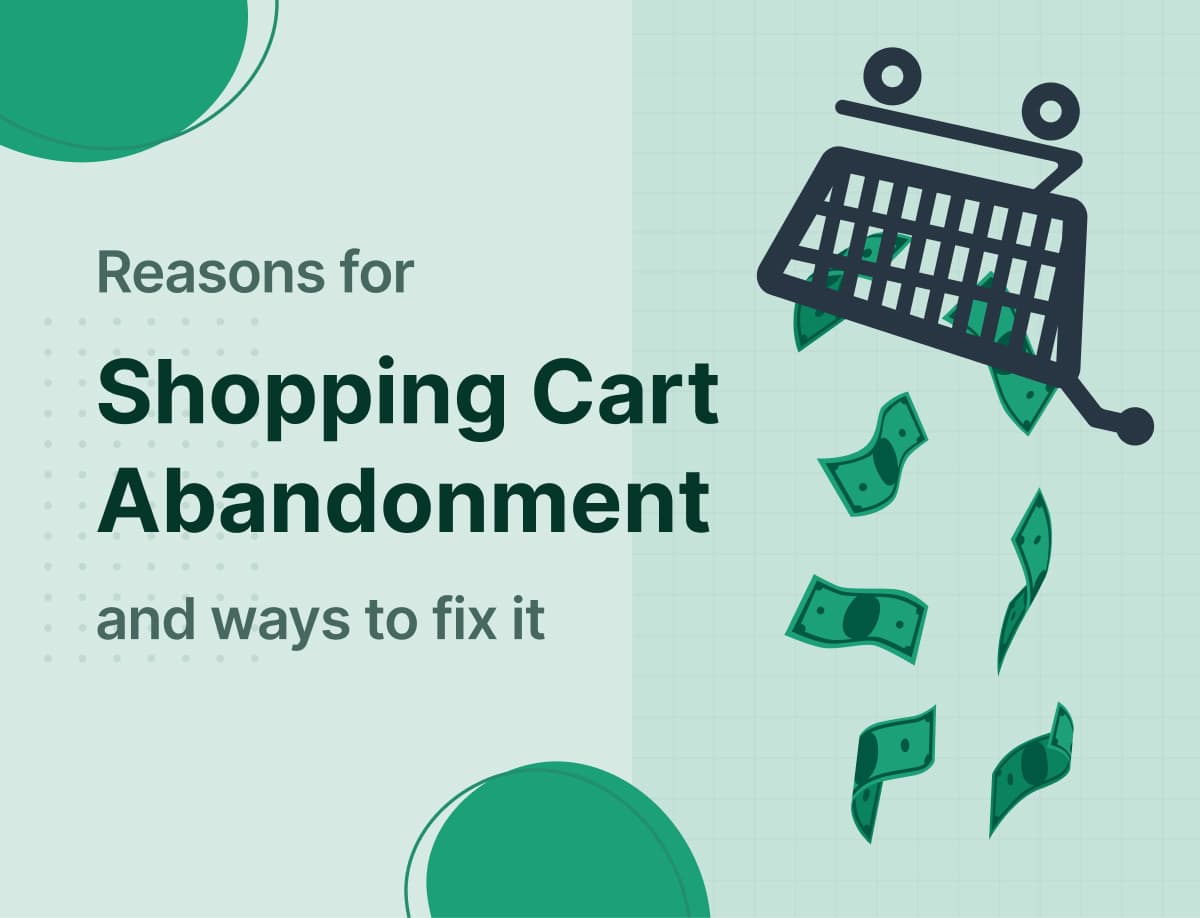User experience (UX) is a foundational element determining the success of any website or app. But its potential goes beyond simple navigability and user-friendliness. In fact, you can use UX to improve cybersecurity with the right approach.
Cybersecurity is essential to consider in the course of the customer journey. After all, users typically provide significant amounts of data in account creation alone. By the time they’ve completed a transaction, the data they’ve given you adds up. Without thorough cybersecurity measures, you put your users and customers at risk.
That’s why it’s vital to understand where UX design and cybersecurity intersect. From here, explore the means to use UX to improve cybersecurity across your digital footprint.
The Intersection of UX Design and Cybersecurity
You may not think of UX as playing a significant role in digital security. However, this is often the case. Just as a webpage’s navigability and clarity impact how users interact with a site or application, these features can also highlight or diminish security processes.
Some of the same metrics you use to measure UX effectiveness, for instance, can be used to examine security performance. If bounce rate, time on page, or visitor behavior skew in inexplicable ways, for example, this might be evidence of malicious tampering.
However, UX design can go much further to ensure data integrity. Consider the fact that the most common attack vector is compromised user credentials. Representing 20% of all data breaches, these instances lead to an average loss of $4.37 million for the organizations that experience them. UX, when effectively designed, can reduce the risk of compromised system access.
That’s because there are unique opportunities inherent in UX design that support cybersecurity best practices, for workers and customers alike. These opportunities exist on both a macro and micro scale, from continuous implementation and delivery to end-user authentication practices.
The UX design process can lead to powerful insights and greater user success, empowering your users to effectively guarantee their own security. But achieving this depends on the ways design features are implemented.
How to Improve Cybersecurity Through UX
Improving cybersecurity through UX isn’t always a straightforward process. It requires research and innovation as well as a comprehensive understanding of your end-users. Additionally, it helps to maintain data and security transparency at every turn.
Getting started with a security-focused UX design requires optimizing intersection points in these disparate but connected fields. Here, we offer tips and examples for improving your cybersecurity through actionable UX strategies.
Be Transparent
First, consider how you can make security as transparent as possible for your users. This means integrating a privacy and data use policy that is easily navigated and digestible, complete with clear explanations of why user data will be collected.
Transparency is the first step towards a security policy that empowers the user. That’s because users will immediately understand what’s at risk and how vulnerable information is protected.
There are many ways you can go about establishing greater security transparency through UX. Start with a privacy policy written in clear, plain, and concise language. Then, unobtrusive and equally clear cookie acceptance buttons, explainers, and even hoverable tooltips for security elements like a Secure Socket Layer (SSL) can assist in clarifying these policies.
The key is balancing transparency with a user-friendly design. You don’t want to overwhelm the user with the details, but you do want to give them insight into how you collect and protect their data.
Incorporate Security Tips, Reminders, and Notifications
Another way to achieve this is to incorporate security tips, reminders, and notifications unobtrusively into your apps and pages. These helpful reminders can help minimize threats from human error as they engage with your platforms.
For example, use reminders to create strong passwords (including characters, numbers, and letters of varying cases) upon account creation, with a seamless process for changing that password after 30-90 days. Then, incorporate meaningful and useful security notifications that alert users to security gaps or issues.
Collect Only Necessary Data
UX can also be improved for cybersecurity by minimizing the amount of data you collect at every interaction. Businesses have a tendency to be data-happy in this day and age, but by limiting what you collect you can both keep user information safer and optimize the performance of your apps and pages.
Start by defining what data is necessary. For a transaction, of course, this might be name and credit card info. Addresses and other identifiers might not be useful and will only inconvenience the user while putting that information at risk.
Make Security Simple
For just about all things UX, simplicity is tantamount to success. This is true of security as much as it is for registration and login forms. Your UX design should incorporate security in a hassle-free manner, allowing the user to secure their account without having to jump through plenty of hoops.
What does this mean? Well, start with clear and autofocused password and authentication requirements. Give users options, but make sure that they follow best practices simply and easily. For example, you might require multifactor authentication only when financial information is needed. Or, you might make a password reset quick and easy with an auto-filled email field.
Build in a Response Plan
Finally, your UX should incorporate an effective means to react to possible data breaches and other suspicious activity. Any cybersecurity response plan needs to be supported on the back end with the proper preparation, staff, and protocols, but integrating reporting and alerts directly into your UX will make this plan simpler.
You can achieve this with a clear structure and simple navigation to IT help or buttons for quickly flagging security alerts. Whether such a UX supports an internal team or is accessible to every user, the faster issues are reported the better you can maintain digital security.
By implementing these strategies, you can secure your UX design behind user-friendly practices. The benefits of such an approach are long-term and multifaceted.
The Benefits of a Secure UX
User experience and cybersecurity are not as different as you might have first thought. They intersect at many points, affecting page performance as well as long-term brand reputation. That said, it’s in the best interests of every UX designer to consider and incorporate cybersecurity practices wherever possible.
By following these tips you can build a better platform. The benefits that result include:
- Increased user trust
- Platforms better optimized for search engines
- Money saved from data breaches prevented
- Reduced human security errors
- A more competitive digital presence
In the modern economy, we rely more than ever on digital tools and commerce. Cybersecurity is one of the most vital components in maintaining your own ability to interact competitively in such an economy. UX designers can’t afford not to consider security in their work.
Fortunately, these tips and strategies will help you develop an experience friendly to both users and security practices. Implement them, then enjoy the benefits of safer apps and web pages.
- Finding balance in automation and human-centered design - November 29, 2022
- Considerations for B2B UX Writing - June 13, 2022
- Using UX to Improve Cybersecurity - April 19, 2022
![]() Give feedback about this article
Give feedback about this article
Were sorry to hear about that, give us a chance to improve.








